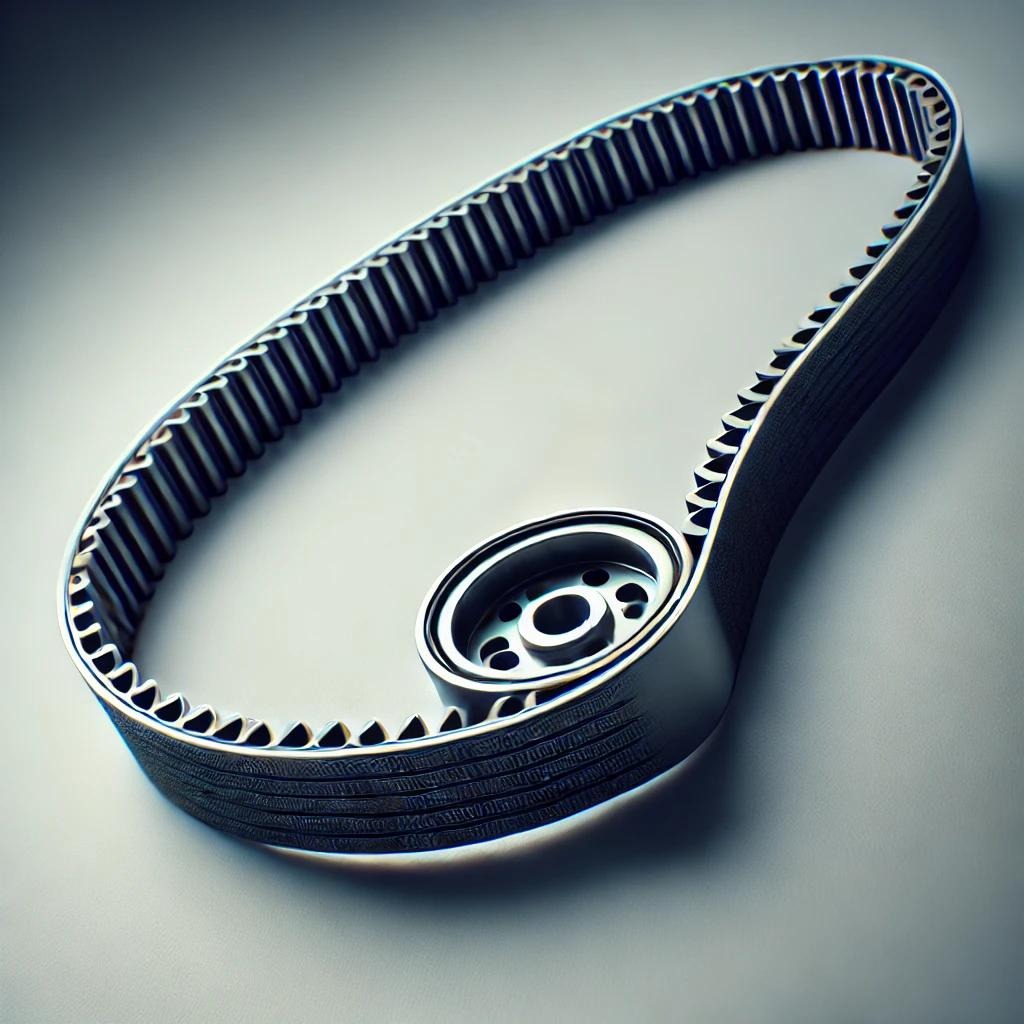What Happens If Your Timing Belt Snaps? Costly Consequences Explained
What Happens If Your Timing Belt Snaps? Costly Consequences Explained
The timing belt is one of the most critical components of your engine, ensuring that the camshaft and crankshaft remain synchronised. If it snaps while driving, the results can be catastrophic, often leading to severe engine damage and costly repairs.
At Andrews Car Centre in Lincoln, we specialise in timing belt replacements, helping drivers avoid the expensive consequences of timing belt failure. In this guide, we’ll explain:
✅ What the timing belt does and why it’s essential
✅ What happens when a timing belt snaps
✅ How much it costs to repair an engine after timing belt failure
✅ Signs that your timing belt is wearing out
✅ How to prevent costly timing belt failure
If your car is due for a timing belt replacement, don’t wait until it’s too late—here’s why you need to act before it fails.
1. What Does a Timing Belt Do?
The timing belt (or cambelt) is a reinforced rubber belt with teeth, designed to synchronise the movement of the engine’s camshaft and crankshaft.
How the Timing Belt Works:
✔️ The crankshaft controls the pistons moving up and down.
✔️ The camshaft controls the opening and closing of the intake and exhaust valves.
✔️ The timing belt ensures these movements are perfectly synchronised, preventing collisions between pistons and valves.
📌 If the belt snaps, this synchronisation is lost—resulting in serious engine damage.
2. What Happens If Your Timing Belt Snaps?
🚨 If a timing belt snaps while the engine is running, the camshaft stops moving instantly, but the crankshaft continues to spin. This leads to:
🚗 Interference Engines (Most Modern Cars):
❌ Pistons slam into open valves, causing bent valves, cylinder head damage, and sometimes cracked pistons.
❌ Complete engine failure—requiring a costly rebuild or engine replacement.
🚗 Non-Interference Engines (Less Common Older Cars):
✔️ Less damage, but the engine will stall and refuse to restart.
✔️ The belt still needs to be replaced, but internal components are usually safe.
📌 Most modern vehicles have an interference engine—meaning a snapped timing belt will almost always cause major damage.
3. Cost of Repairing an Engine After Timing Belt Failure
💰 Timing belt replacement: £300 – £900 (depending on the make and model).
💰 Engine rebuild after a snapped belt: £1,500 – £4,000+ (depending on damage).
💰 Full engine replacement: £3,000 – £8,000+ (if the engine is beyond repair).
📌 Preventative maintenance is always cheaper than repairing engine damage after failure.
4. Signs That Your Timing Belt is Wearing Out
A timing belt can fail without warning, but there are some early warning signs that indicate it’s time for a replacement.
🚨 Common Symptoms of a Failing Timing Belt:
✔️ Ticking Noise from the Engine – The belt’s teeth may be wearing out or slipping.
✔️ Engine Misfires or Rough Running – If the belt is stretched, it can cause incorrect timing.
✔️ Difficulty Starting the Car – A slipping belt can cause poor compression.
✔️ Oil Leaks from the Timing Belt Cover – A worn tensioner or leaking oil can degrade the belt.
✔️ High Mileage Without a Belt Change – If your car is overdue for a replacement, it’s a ticking time bomb.
📌 If you notice any of these symptoms, book a timing belt inspection immediately to avoid catastrophic failure.
5. When Should You Replace Your Timing Belt?
⚠️ Check your owner’s manual for the manufacturer’s recommended interval, but most cars need a new timing belt between:
🔧 60,000 – 100,000 miles
⏳ Every 5 – 10 years (whichever comes first)
Recommended Timing Belt Replacement Intervals by Engine Type:
| Engine Type | Average Timing Belt Replacement Interval |
|---|---|
| Small Petrol Engines (1.0L – 1.4L) | 60,000 – 80,000 miles |
| Larger Petrol Engines (1.6L – 2.5L) | 80,000 – 100,000 miles |
| Diesel Engines | 80,000 – 120,000 miles |
| Turbocharged Petrol Engines | 60,000 – 90,000 miles |
📌 Some manufacturers claim belts last up to 150,000 miles—but real-world experience suggests replacing it sooner is safer.
6. How to Prevent Timing Belt Failure
🚨 Avoiding a snapped timing belt is simple—replace it before it fails!
🔧 Essential Maintenance Tips:
✅ Follow Manufacturer Recommendations – Always change the belt before it reaches its maximum lifespan.
✅ Check for Leaks Around the Timing Cover – Oil and coolant leaks can weaken the belt.
✅ Replace the Timing Belt Kit – When changing the belt, always replace tensioners, pulleys, and the water pump to avoid future failures.
✅ Get Regular Engine Inspections – A mechanic can spot early signs of belt wear before it breaks.
📌 Routine maintenance can save you thousands of pounds in engine repair costs.
7. Why Choose Andrews Car Centre for Timing Belt Replacement in Lincoln?
At Andrews Car Centre, we provide professional timing belt replacement services, ensuring your car remains safe and roadworthy.
✔️ Expert Technicians – Specialists in timing belt replacements for all makes and models.
✔️ OEM-Approved Parts – Using high-quality belts, pulleys, and tensioners.
✔️ Competitive Pricing – Transparent quotes with no hidden fees.
✔️ Preventative Inspections – Identifying worn belts before they snap.
✔️ Fast & Efficient Service – Getting you back on the road with minimal downtime.
🚗 Don’t risk a snapped timing belt—book your replacement today!
Book Your Timing Belt Replacement at Andrews Car Centre Today!
📞 Call Andrews Car Centre now or book online for expert timing belt servicing in Lincoln.
🚗🔧 Andrews Car Centre – Lincoln’s Trusted Timing Belt Replacement Specialists.

